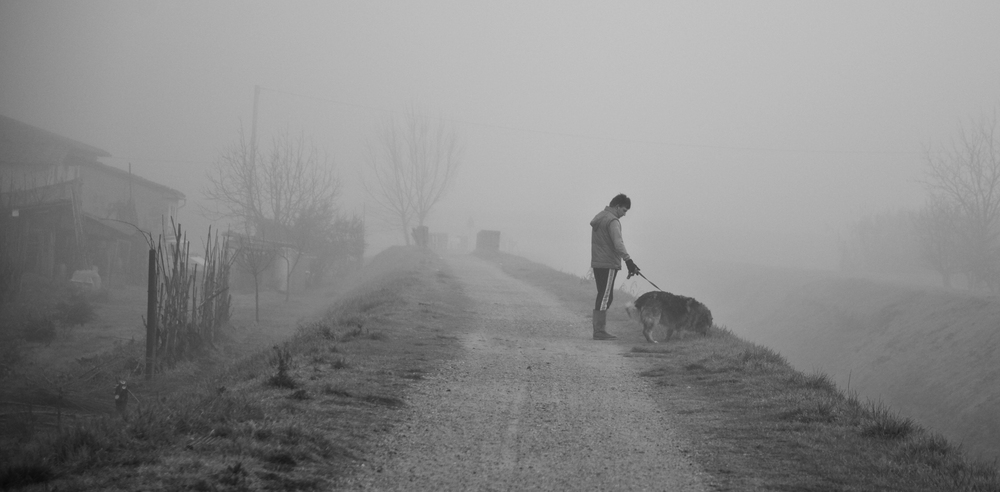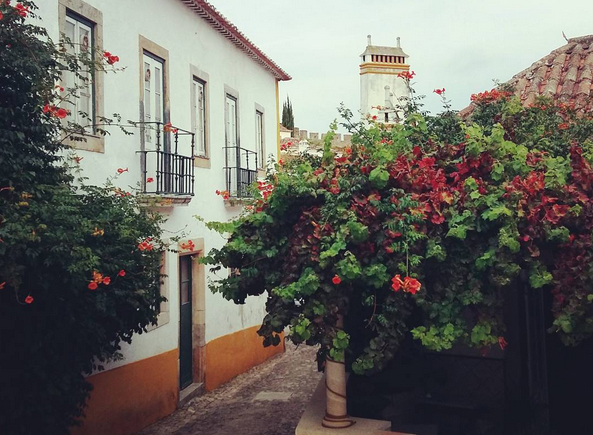
Cities have always had a special dialogue with the literature, or – to be precise – since the birth of the novel at least. If there is a place that more than any other has encouraged such dialogue is the England of the nineteenth-century. And if there is a writer – one in particular – that’s Charles Dickens.
The nineteenth-century literary city is a place of Great Expectations and Illusions perdues, to quote two titles. If the first one suspended and leaves undetermined the opportunity to realize the expectations, the second title does not delay in alerting the reader of the unveiling of the real city. Dickens and Balzac have greatly contributed to the construction of cities. As much as the architects and the engineers have given a (physical) form to them, the writers have build an image and an idealistic thickness that has influenced the urban development.
Milan after Manzoni
Milan is the city of Alessandro Manzoni and his name is inseparably bound to the book I promessi sposi. But if we overcome the nineteenth century, the city’s image in the pages of literature is complicated in a mosaic of environments that lead to a striking space. Difficult to synthesize.
We like retracing Milan through the pages of three stories of three writers – among the most remarkable in the art of the short story of the last century.
The spare time – Carlo Emilio Gadda (1944)
The Caviggioni’family is composed of engineers, mostly. They are a rich family expecting with curiosity the Milan’s weekend. To better evacuate the study of the languages […] they ended regularly ended to became members of the Philological Club.
Milan is behind the doors of the windows, with the Santambrogio’s mist, with the ringing of the tram that reached their house softened and attenuated on beautiful carpets.
The quality of the spare time of Caviggioni’ family and their grotesque attempts to “raise their culture” – the study of the German and the attempt to juggle the art of the sonnet – reveal the life of the salons, their isolation and an art – that never will be lived (or reached).
Milan does not exist – Tommaso Landolfi (1975)
“Arriving by train I told myself «Mi-la-no; what a beautiful and fluent word … » “. But when the protagonist arrived at the station he find a dark city because of the obscuration of the war. And he’s dark too, because he always is so, as he says. Indeed, it is a typical attitude: justify a state of mind with an alleged permanence of the hurt.
Milan is a huge station and perhaps a smoke. It is a poor hotel and a blonde woman, that seems to accept the whole reality. It is an avenue (if avenue really is) with trees and a lost street.
«It will be this way? Are you sure? ». « What if …? ». « … We get lost? Well patience always, you lose and you lose ».
Memory – Goffredo Parise (1984)
Milan is the bar, the dance halls and the common friends of almost twenty years ago. The protagonist returns to town, where he had lived for many years, and recognizes the taxi driver a childhood friend. Then, on his sign, he goes to Via Montenapoleone, where Bertino is the keeper. The streets of Milan are almost deserted.
Abelardo remained in Milan, now he is a taxi driver. Bartino remained: he is a keeper. There was a Luna Park, in Milan. It was burned down.
The protagonist, Mario, lives in Rome and he is a poet. His friends ask him if he knows the beautiful women of Rome. If he attends actresses.
Milan is the place of remembrance. The city does not impose itself, the streets are almost deserted. «Send me a postcard, sometimes » Bertino says, before Mario leave.
Milan at the time of Expo
Gadda, Landolfi and Parise. What about If the protagonists of their tales do surpass the thresholds of the Expo, today? We would find the Gaviggioni’s family at the inauguration, it is sure! They are the inevitable protagonist of the worldly life of Milan. Mario, from the tale of Parise, would seize the opportunity to go there in the company of Abelardo and Bertino. They would have much to tell, and a bit some things to rectify. The Rome of Fellini’s films is gone. It remains the decay of trash parties organized in the Roman palaces and replicated on the big screen by Sorrentino.
The protagonist of the tale of Landolfi, finally, walking through the halls, continues to speculate on the inexistence of things. It is an intellectual discourse – typical of Landolfi: you go to Milan, you play cards, you get lost in the streets, you rent a hotel room and then you went back to the station. Of the protagonist no indication: not a name, not a physical peculiarity. And at the end he, from his angled and unreal sight; he – he himself unreal – refutes the existence of what is around.
Milan exists, it is clear: we could say so, subverting the title of Landolfi’s tale. There is also the anonymous protagonist of the story; Mario exists, Abelardo and Bertino exist and the Gaviggioni’s family too . You will meet them for sure, somewhere, at the Expo. And do not ask yourself who is more or less real. Literature confuses the cards. The reality – we are sure – it’s right in the shuffle.


